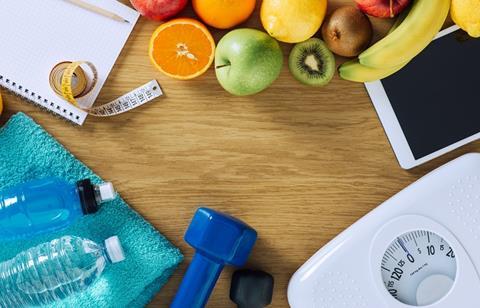
At accountancy firm Charterhouse, the journey towards helping employees reduce their metabolic age is just beginning, and has had to adapt quickly to face the challenges created by the Covid-19 (Coronavirus) pandemic.
Prior to the move to home working, Charterhouse had undertaken metabolic age measurements for its staff, led by provider Super Wellness. For Rut Stefansdottir, HR manager at Charterhouse, having a metric everyone was aware of and engaged in was part of the appeal of introducing the idea of metabolic age to staff.
“When we had the results, everyone was comparing theirs; a few people had a bit of a wake-up call,” Stefansdottir says. “Some people went straight into changing their diets; those that had good numbers were thinking about how they could improve them even more. This is all we were discussing following the session. [The team discussion] is great for employee engagement.”
The plan, prior to the changes brought about by Coronavirus, was for Super Wellness to provide face-to-face coaching and educational workshops once a month, while Charterhouse was to implement group activities during the working day. The organisation had, before mass home working, already put in place daily walks and half-hour lunchtime running sessions. These enabled employees to come together, sharing the experience as a supportive group, as well as getting outside and away from their desks.
“It’s good to have something [to measure]: it helps with engagement, people have goals and this is something that brings it together and gives it a purpose,” Stefansdottir adds.
While group activities and sharing results is an important part of creating a supportive, encouraging environment, it is important to keep the focus positive, says Stefansdottir.
“I don’t think it should be focused on [weight loss]; it’s not about how much you weigh, but how you feel, what is the impact on [your] sleep, how you’re feeling mentally, your energy,” she says.
“It’s very important [to communicate that]. It’s important not to mention weight loss, [but] focus on the wellbeing, increased energy, a healthy body, not to have a competition on who loses the most.”
The recent shift in working patterns has meant putting a hold on the on-site activities, such as running and walking clubs, but it does not mean the programme has come to an end. Although the measurements of employees’ progress in reducing their metabolic age must be done in person, activities to help them on the journey can still continue online and via video conferencing.
“We’ve decided to go ahead and do online work with Super Wellness,” says Stefansdottir. “With everybody being stuck inside that’s going to be a brilliant way of connecting and staying in touch and on topic.
“Instead of being able to do the metabolic [measurement] we will do surveys instead: how everything is impacting [employees’] energy, sleep, wellbeing. It will be a bit of a different kind of measurement, but there will still be challenges and quizzes. Then, at the end we will all meet again and do the [metabolic age] test again [when back in the office].”
With metabolic age, and all the factors that feed into it, including physical health and mental wellbeing, as a framework, Stefansdottir hopes employees can work towards goals to have achieved when the crisis passes, as well as staying connected and motivated.






























